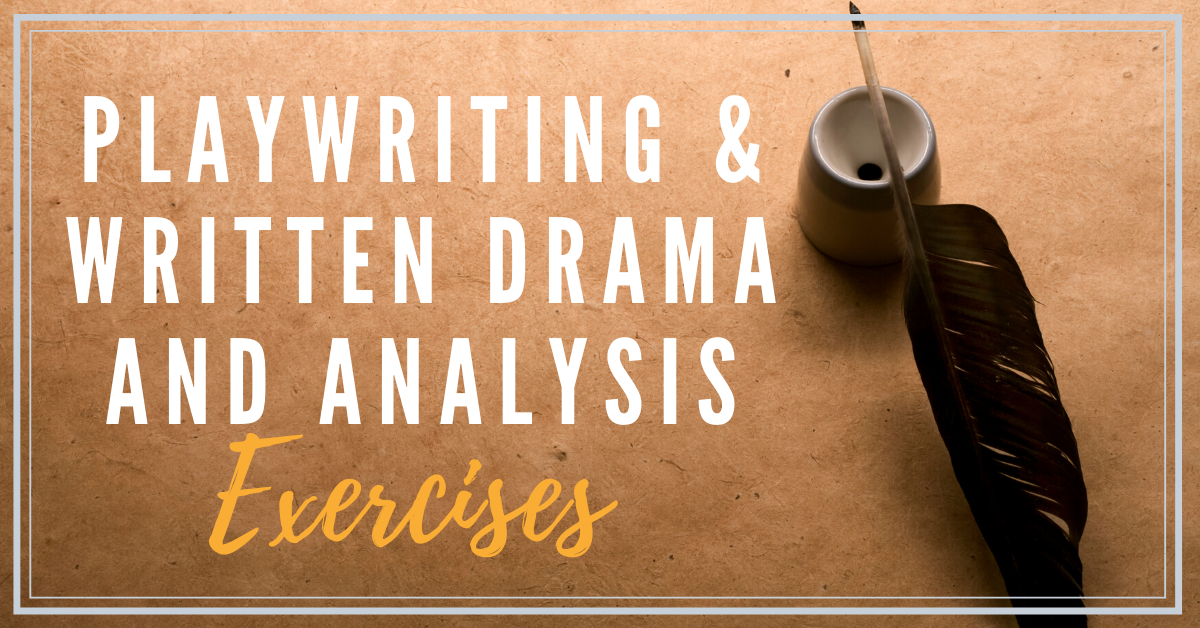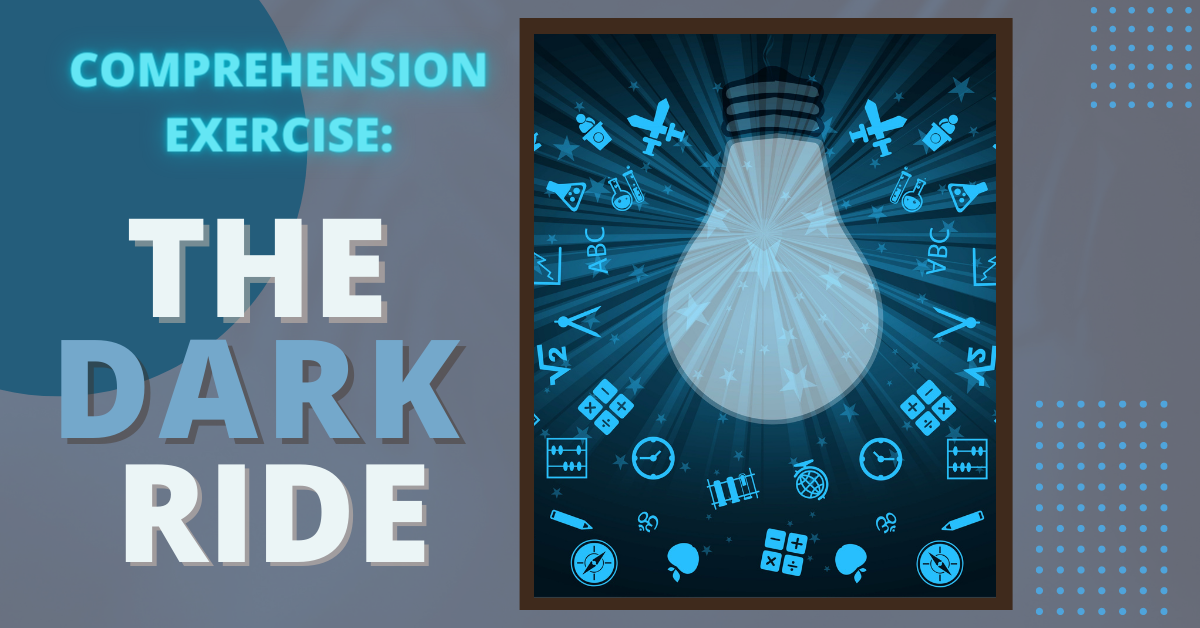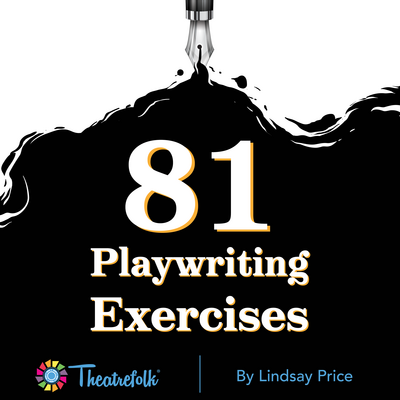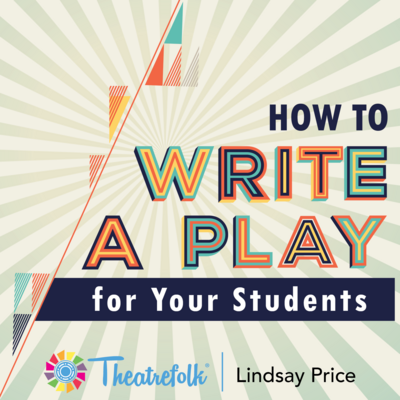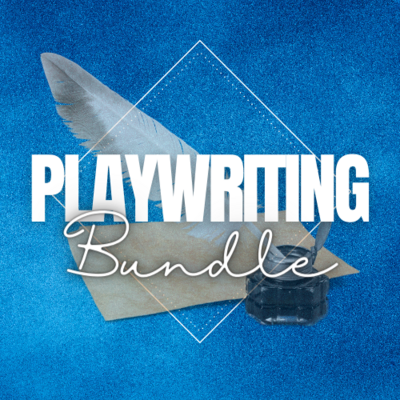Playwriting Exercise: Exploring Adaptation
Adaptations are super fun to perform. It’s really cool to see a favourite book, film, or even board game come to life before your eyes onstage. On top of that, you can put many different spins on an adaptation. Some adaptations are modernized, some are set in a different location, and some are turned completely on their head! Theatrefolk has over 50 different adaptations in our play catalogue — be sure to check them out.
There are many different types of adaptations. Some are direct “page-to-stage” adaptations of famous stories such as Alice in Wonderland, Anne of Green Gables, The Wizard of Oz, Charlie and the Chocolate Factory, and more. There are also adaptations that put an interesting spin on the source material. The play Puffs is a humorous adaptation of the Harry Potter series, focused on the less-featured Hufflepuff House at Hogwarts. The Broadway musical Mean Girls is an adaptation of the movie starring Lindsay Lohan, which itself was adapted by Tina Fey from a nonfiction self-help book called Queen Bees and Wannabes by Rosalind Wiseman.
When students are exploring what source material to adapt, they’ll have to consider some of the following ideas:
1. What are the most important moments of the story to adapt? You can’t adapt everything, so some moments may need to be changed or omitted for length and pacing.
Action** :** Choose a story that you’d like to adapt and create a timeline of the most important moments in the original story. Why are those moments important? Do they drive the action forward? If not, are they really necessary?
2. How many characters are in the story, and which are the most important? Are these characters interesting? Would you want to play them onstage? Do they drive the action of the story forward, and how? If there are too many characters, could some of them be combined or omitted? Alternatively, if there are too few characters, could you add an ensemble?
Action** :** Create a list of characters that appear in the story. How many are there? Are there too many or too few? (Hint: There isn’t a wrong answer to this question — it’s your adaptation!) Describe each character in two sentences: who they are, and how they contribute to the overall story.
3. How will you make the story theatrical? There are scenes in every story that are challenging to bring to life onstage. For example, in the musical James and the Giant Peach, directors must figure out how to create characters who are insects onstage (such as Spider, Grasshopper, and Earthworm), as well as stage the giant peach itself, which floats in water, is attacked by missiles, and squashes James’ aunts!
Action** :** Choose a scene from the story and describe in detail how, as a playwright, you might bring it to life onstage. If you wish, brainstorm as a class some scenes from books, movies, or television and how you’d adapt them. For example, if you were adapting Aladdin, how would you make the Genie appear from the magic lamp, or how might you make the magic carpet fly? If you were adapting The Hunger Games, how would you stage Katniss shooting her bow and arrow? For a bigger challenge, describe two ways you could make the action appear onstage — one high-tech version and one low-tech version.
Related Articles
81 Playwriting Exercises
by Lindsay Price
81 exercises that can be used to get students in the habit of writing on a regular basis.
How to Write a Play for your Students
by Lindsay Price
You’ve chosen to write a play for your students! Where do you start?
Resource Bundle - Playwriting
Use these 4 Playwriting drama teaching resources to make playwriting possible with your students. Great for warm-ups, prompts, writer's block and more!

